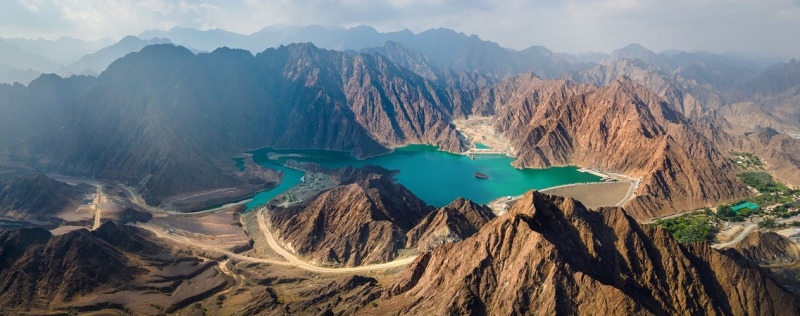
The Sultanate of Oman in the Persian Gulf is still an unusual destination for mass tourism. Meanwhile, this Arab country attracts with its oriental flavor, reminiscent of the Arabian Nights fairy tales, a pleasant combination of kilometer-long beaches and endless sand dunes with cozy hotels and a variety of sports activities.
Entry rules
All COVID restrictions for tourists have been lifted. To enter the country, Russians will need a foreign passport, which is valid for at least six months after the end of the trip. For a tourist trip of no more than 14 days, a visa is not required. A tourist visa for 30 days can be issued online, the cost is 20 rials (about 3,200 rubles). The local currency is the Omani rial, 1 OMR is approximately equal to 159 rubles.
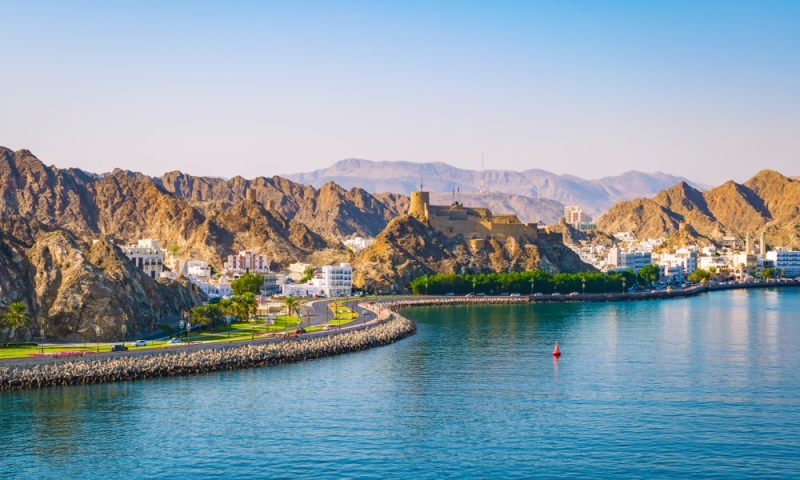
How to get there
Direct flights from Russia to Oman have been resumed by Oman Air from December 2, 2022: you can fly from Moscow to Muscat on Wednesdays, Fridays and Sundays, and from December 26, 2022 – on Mondays. Ticket prices start from 83,000 rubles* round trip. It is cheaper to fly with a transfer, for example, in Sharjah, Dubai, Abu Dhabi or Istanbul. Emirates has the shortest connections; FlyDubai, Air Arabia and Etihad Airways also fly regularly. Prices start from 46,000 rubles* in both directions.
Briefly about the country
Half a century ago, the then reigning Sultan Qaboos bin Said abandoned the policy of isolation, began modernizing the country and opened it to tourists. At the same time, the sultanate has not turned into something like Dubai or Doha with their skyscrapers made of glass and concrete – houses above 13 floors are not built here. Oman has managed to preserve its national flavor, expressed in numerous forts, mosques, traditional architecture, museums and palaces. Dunes, canyons, beaches, excellent routes in the desert, rare green turtles, the smell of incense and noisy bazaars – this is all exotic and alluring Oman.
Muscat: forts, palace, opera and museums
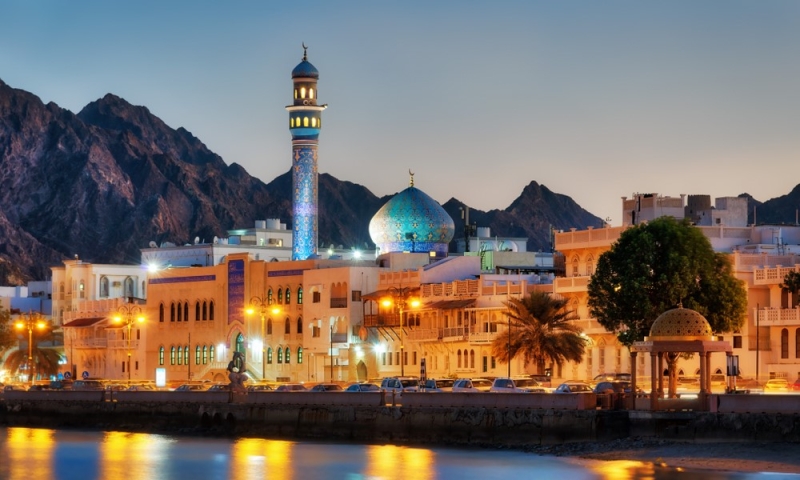
The capital of Oman stretches along the coast for 60 km, occupying a narrow strip of land between the bay and the mountains. Tourists are interested in the old town and the walking area of Mutrah, a half-hour walk from it. The historical center consists of two imposing forts rising among the rocks on the shore of the bay, and the colorful palace of the Sultan between them. The forts of Al Jalali and Al Mirani, reminiscent of medieval castles, were built by the Portuguese in the 16th century. Now these are military facilities, so you won’t be able to get inside. The beautiful views are complemented by Alam Palace – the Sultan’s palace with elegant blue and golden mosaic columns of unusual shape. Near it there is a blooming garden with date palms.
A little further from the bay is the Beit el-Zubair Museum of Omani Culture, which gives an idea of the history of these places, the inhabitants and their way of life. A traditional Omani village is recreated in one of the halls, and a hut made of palm branches is in the garden. The museum has a gift shop and cafe. You can continue your acquaintance with the history of the city at a small exhibition in New Gate or, if you have enough time, in a large-scale national museum.
The Mitrakh district is famous for a park with another symbol of Oman – a building in the shape of a giant incense burner. The fragrant resin of the boswellia tree has long been mined in the sultanate and sent with trade caravans around the world. We recommend walking along the embankment to the old bazaar, where you can buy incense, traditional fez caps, dates, camel figurines and other souvenirs. Along the way, climb to Muttrah Fort and admire views of the bay from above.
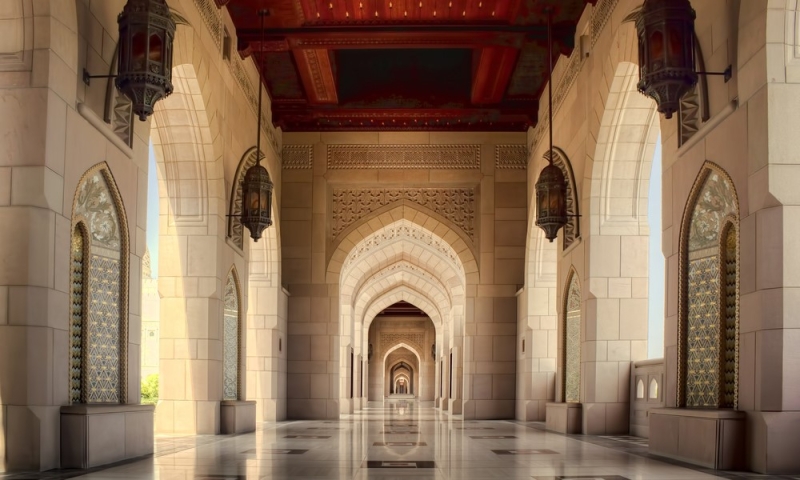
In the new part of the city, check out the Sultan Qaboos Mosque, built in 2001. The finishing touches are stunning: intricate frescoes with floral and geometric patterns, the world’s second largest hand-knotted Persian carpet covering 4,200 square meters of 1.7 million knots and an 8-ton chandelier with Swarovski crystals. Her pendants replicate the minarets of the mosque in miniature.
The Royal Opera House Muscat, with its traditional Arabic architecture, Italian pink marble and mahogany trim after the mosque, seems rather modest, but still worth a visit. If you can’t get to the show (tickets sell out quickly), you can take a tour: you’ll see the interiors, the hall and the organ. The gallery complex also features restaurants, handmade souvenirs, and jewelry and perfume boutiques.
Where to stay in Muscat:
Mutrah Hotel (rating 8.4) – from 3,100 rubles per night*.
Sheraton Oman Hotel (rating 8.5) – from 10,400 rubles per night*.
Al Bustan Palace, A Ritz-Carlton Hotel (rating 9.3) – from 30,800 rubles per night*.
What to see outside the capital
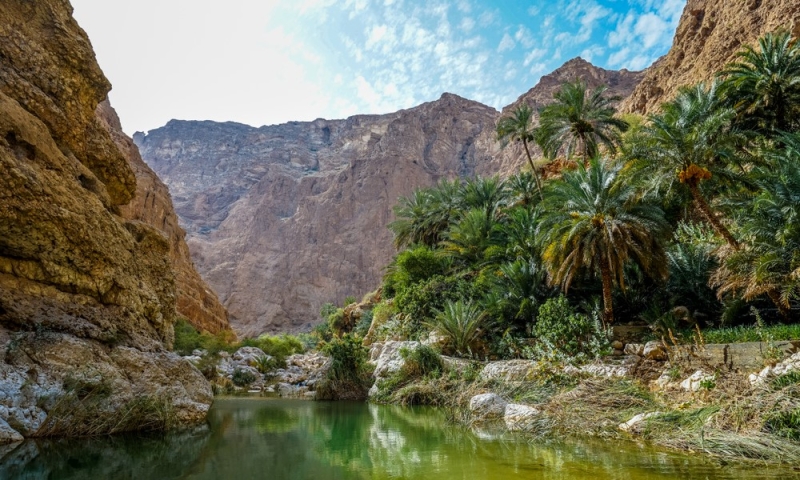
A two-hour drive from Muscat is Wadi Shab, a mountain gorge once carved out of rock by water. There are many such canyons with lakes and rivers in Oman, but this one is one of the most accessible. To get to it, you need to take a boat to the other side. Further, the path passes first along a dry section of the riverbed, then along large boulders, and then only by swimming among steep walls and bizarre rock formations. In the finale, you literally have to crawl through a narrow gap leading to a grotto with a waterfall. The water in the lakes is a stunning emerald color, and banana palm trees grow all around – a real oasis in the desert, full of birdsong.
Speaking of the desert: being in Oman and not seeing dunes and camels with your own eyes is nonsense. In the Wahiba desert, 300 km from Muscat, there are several tent camps, to which tourists are often taken. Agencies offer tours with overnight stays in Bedouin tents or luxury campsites, with a romantic dinner, camel or buggy rides.
You can get to the dunes on your own by renting a four-wheel drive jeep. It’s better to be left alone with the dunes and observe the wind patterns on the reddish-orange velvet of sand in Rub Al Khali near the border with Saudi Arabia. The changing shapes of huge masses of golden sand, the rays of the sun and the starry sky of the desert will be remembered for a long time.
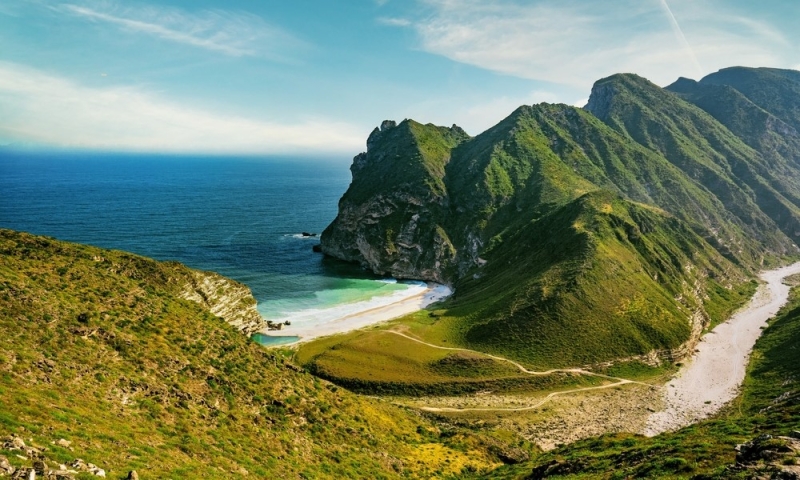
On your way back from the Arabian desert, stop by tropical Salalah. The contrast of wasteland and greenery is striking: the snow-white beaches are decorated with classic palm trees, as if from an advertisement for paradise life, and the city itself is surrounded by forested hills. Early in the morning you can even see pink flamingos near the water. To wait out the heat, go to the archaeological museum with the poetic name “Museum of the Land of Frankincense.” It displays ancient artifacts from excavations, models of settlements, fortresses and Omani boats, as well as various types of incense and a collection of meteorites. The open-air archeopark will be of interest to history buffs, and Wadi Darbat near the city will be of interest to those who like to walk through the canyons. Mini-waterfalls, lakes and a riot of greenery and camels – the many faces of Oman know how to surprise. Before your walk, don’t forget to replenish your supply of fruit: at the exit from Salalah, in huts under palm trees they sell coconuts, mangoes, guavas, bananas and other local fruits.
Another popular place 240 km from Muscat is Wadi Gul, it is called the Grand Canyon of Oman. The landscapes truly resemble the American West. This is one of the most beautiful and grandiose valleys of its kind in the Sultanate: the journey begins in a dry river bed, then the path gradually climbs onto a steep balcony and ends after a few kilometers with a lake with clear water. We recommend spending the night in one of the hotels at the top or in your own tent with stunning views of the two-kilometer cliffs. In the area around the top of Jabal Shams there are many hiking routes, viewing platforms and opportunities for extreme recreation – from canyoning to rock climbing, including in the Snake Canyon. So, ideally, you need to have at least a couple of days so that you can do everything without rushing.
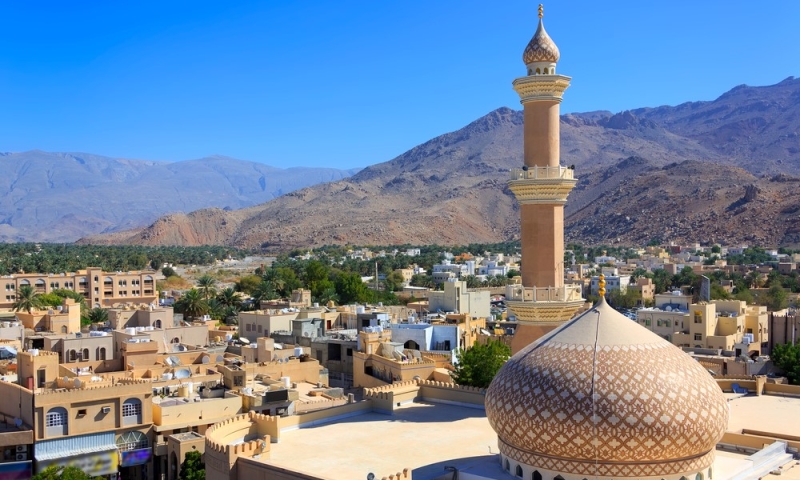
Not far from the Grand Canyon, it is worth visiting the old capital of Oman, Nizwa. In the center of the city stands a 17th-century fortress, where tourists are allowed. The tower, narrow staircases, cannons, an exhibition of weapons, clothing and utensils, along with photographing the mosque with its unusual painted dome, will take a couple of hours. Nearby, visit the colorful souq (bazaar) with a huge selection of cute clay vessels, vases and other pottery products, sweets and an authentic animal auction, which takes place on Fridays.
Another reason to come to Oman is the Ras Al Jinz area on the country’s easternmost cape, known as turtle paradise. The sandy beaches washed by the Gulf of Oman are a nesting site for green sea turtles. Here you can see both adult turtles and newly hatched turtles emerging from the nest and heading towards their first wave. However, you can only observe this at night. We recommend staying at a hotel or one of the campsites (there are wild and equipped ones). If you go to see turtles on your own, remember that bright light scares the animals.
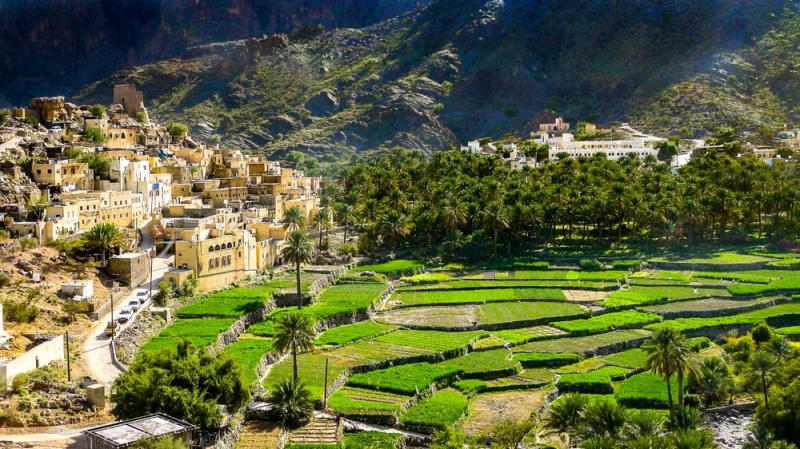
Useful tips for those planning a trip
- The best time to travel is from mid-October to the end of March. From April to September the temperature rarely drops below +50 ºС.
- Public transport is rare. To explore more interesting places, rent a car – preferably a jeep, as there is less chance of getting stuck in the desert or a rocky river bed.
- It is not recommended to wear revealing clothes outside of beaches and resorts ( above the knee or with open shoulders).
- Go to the canyons in coral slippers or mesh sneakers with non-slip soles. Don’t forget a waterproof phone case.
- Sultan Qaboos Mosque in Muscat is open to tourists from 8:30 to 11:00 every day except Friday. For women, a headscarf is required to cover their hair.
- If you want to see the birth of turtles, go to the reserve from May to October.
*Prices are current at the time of publication.

